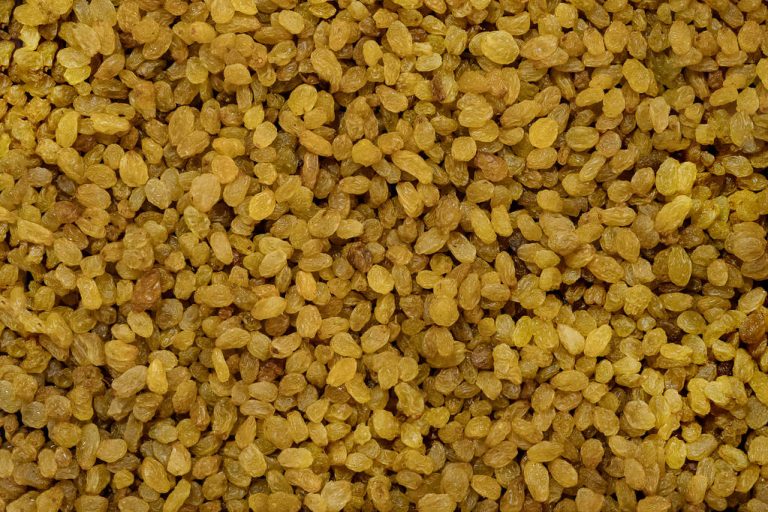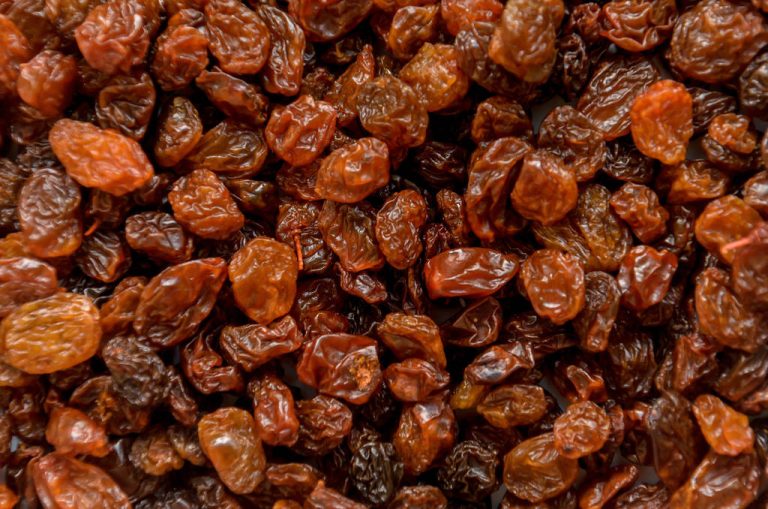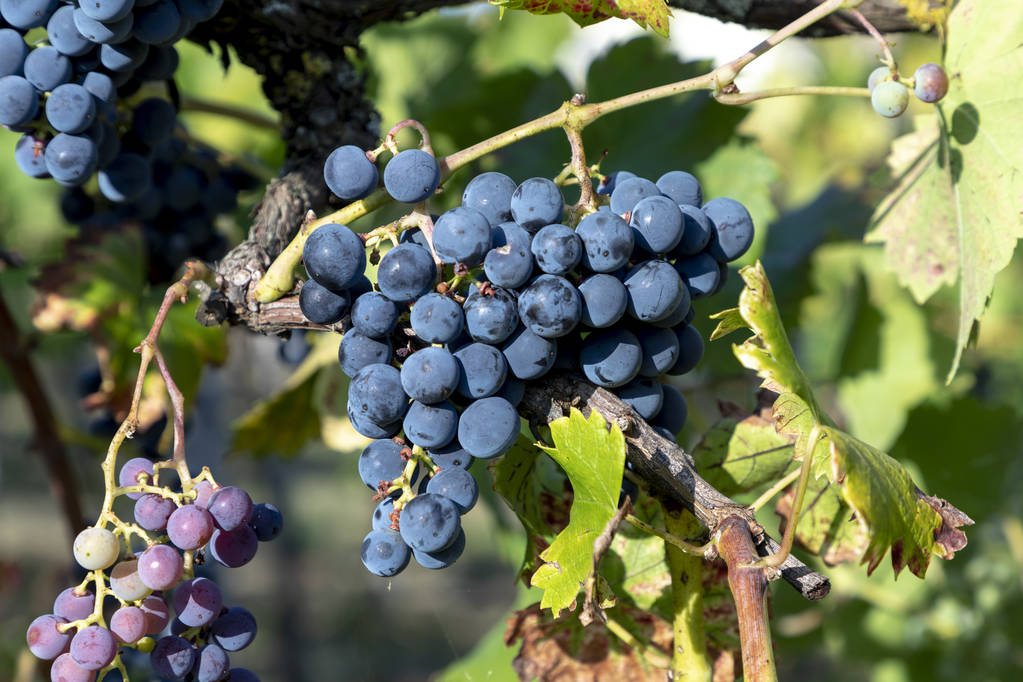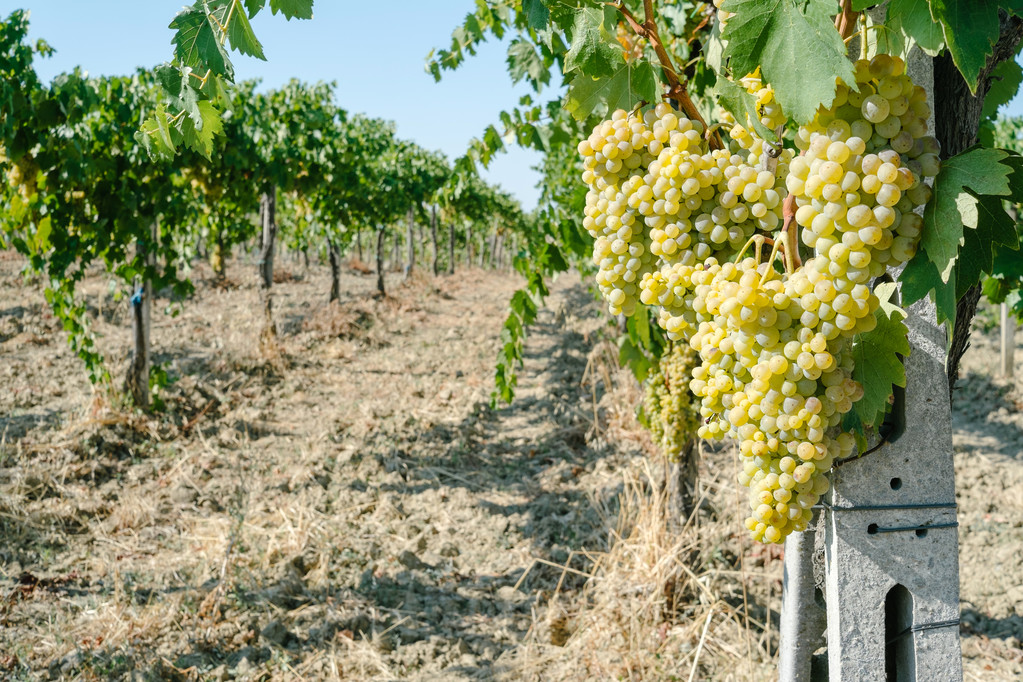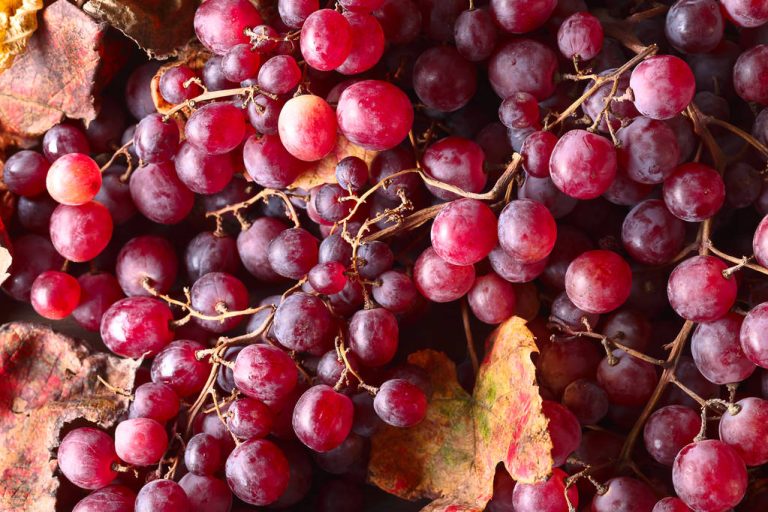Grapes are in season in midsummer. 3 delicious recipes to process grapes.
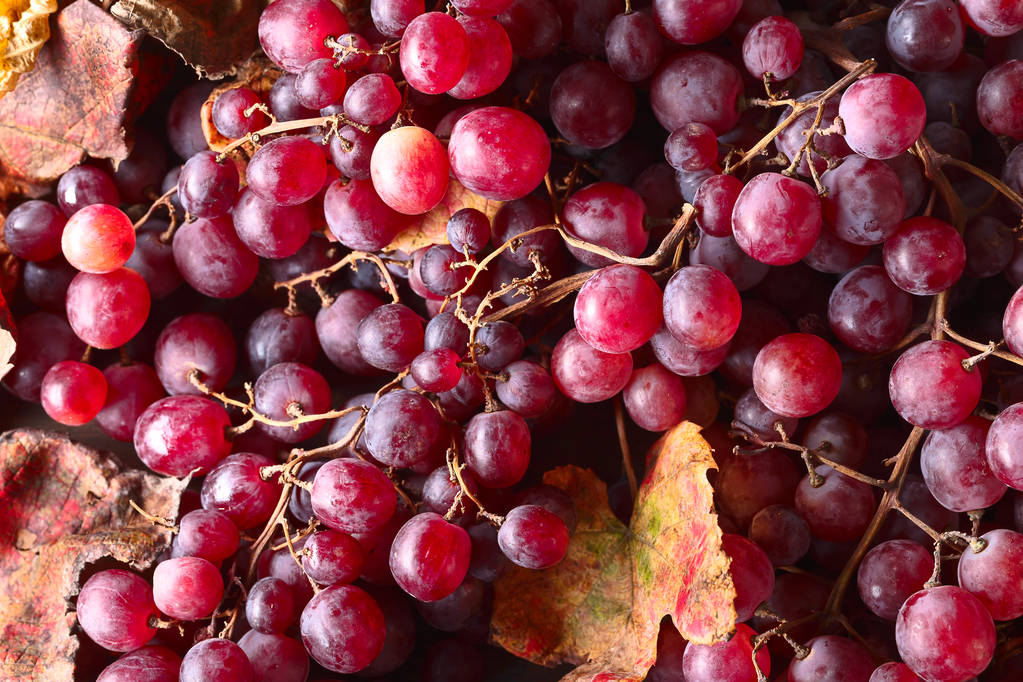
Our grape season begins in July. Maybe you are lucky enough to have vines in the garden or on the balcony yourself, which will give you a rich harvest. Perhaps you have also received grapes as a gift and do not want to eat them all pure. The sweet fruits can be processed in many different ways and can be preserved for a long time – for example as grape juice. But there are other delicious recipes:
1. Process grapes into jam
Another classic is grape jam. It tastes so much better when you make it yourself than from the supermarket. You can make grape jam in large quantities without hesitation – if stored airtight and protected from light, it will keep for several months. Grape jam is also suitable as a gift for friends and family.
For three to four jars of grape jam you will need:
800 g grapes, with or without seeds
1 vanilla bean
2 tsp cinnamon
1 packet of preserving sugar – alternatively you can also use agar agar. Then you should always store the jam in a cool place. It also has a slightly shorter shelf life.
Clean, sterile jam jars.
That’s how it’s done:
Wash and hull your grapes and place them in a large enough pot.
Mash them gently with a large spoon and then let them boil in their own juice for about five to ten minutes.
Then pass the crushed grapes through a sieve, catching any seeds and coarse scraps of skin.
Then return the grapes to the pot and warm them up. Then add the pulp of the vanilla and the cinnamon.
Then stir in jam sugar or agar agar and let everything simmer for a few minutes.
Depending on the type of gelling sugar or agar agar, it takes a different amount of time for the mass to set. Test the firmness by putting some of the jam on a plate and waiting a moment. If it is nice and firm, your jam is ready and you can take it off the stove.
Pour equal parts of the mixture into your jam jars, screw them on tightly and turn them upside down. After 5 minutes, turn them right side up.
Tip: You can refine grape jam with other fruits of your choice. Plums or apples, for example, go particularly well with it. Chop these into small pieces before adding them to the grapes and then proceed as described.
2. Process grapes into jelly
If you like it a bit lighter, you can also process your fruit into grape jelly. It goes well on bread or as a delicious dip, for example with a hearty cheese board.
For three to four glasses of jelly you will need:
1 kg of grapes
500 grams of jam sugar or agar agar
fresh ginger (to taste)
freshly squeezed lemon juice
a clean cotton cloth
Jelly or jam jars (sterile)
That’s how it’s done:
Wash the grapes and put them in a large pot.
Pour in enough water to just barely cover the grapes.
Let everything simmer for about 30 minutes.
Then put everything in a permeable cotton cloth and place this in a large sieve over a collecting bowl.
Allow the grape pulp to strain through the cloth for at least 12 hours.
Finally, press the remaining fruit pulp out of the cloth by twisting it.
Now put the juice with the preserving sugar and a few dashes of lemon juice in a saucepan. If you like, you can also add some finely grated ginger. Let everything simmer for about five minutes.
Finally, pour the still warm jelly into jars that have been rinsed hot, screw them tightly and place them on the lid. After five minutes you can turn them over.
Tip: If you like it exotic, you can refine your jelly with tart spices. Cardamom, for example, tastes great as a spicy contrast in sweet jelly. Add about half a teaspoon of cardamom powder to the grape juice for boiling, or let some dried cardamom seeds boil with the jelly.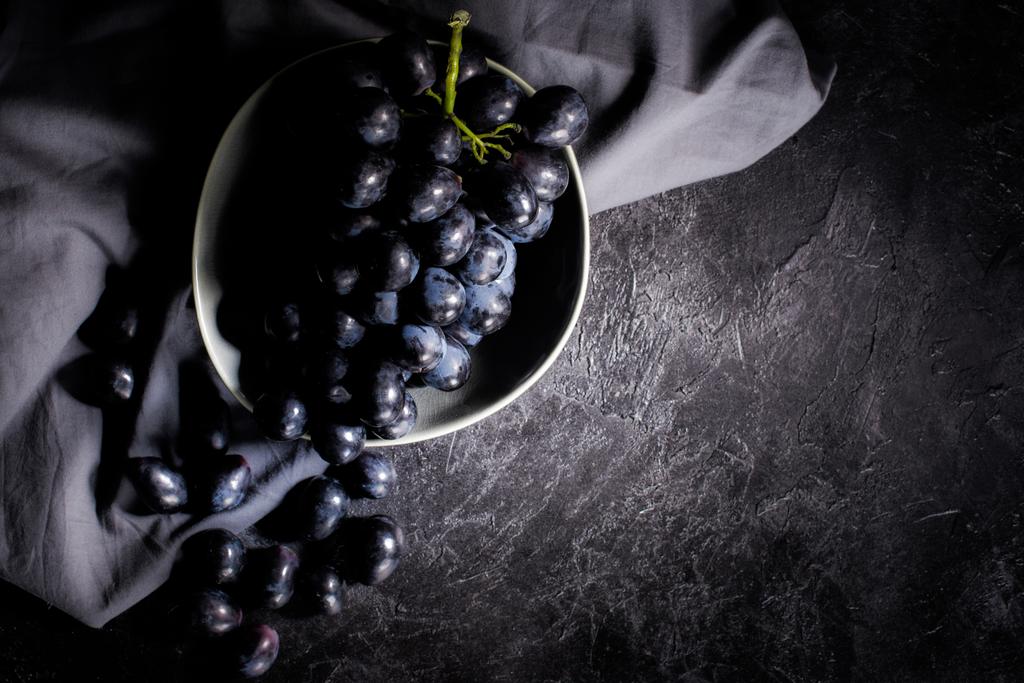
3. Process grapes into compote
A savory and sweet compote can also be made from grapes. For example, you can serve grape compote with whole grapes as an alternative to cranberries with hearty autumn dishes.
You need:
1 kg of grapes
500ml white wine
400ml of water
150 grams of sugar
1 vanilla bean
4-5 cloves
coarse peppercorns
mustard seeds
That’s how it’s done:
For your grape compote, put all the ingredients except the grapes in a large saucepan and let them cook for about 15 minutes.
You can add vanilla pods to the brew for a vanilla taste. You should scrape them out first though.
Meanwhile, wash the grapes, stir them into the boiling quantity and let everything boil down for another five to ten minutes.
Then remove the vanilla bean and cloves from the broth and let the compote cool down.
If you don’t have any grapes in your garden, make sure you only buy local fruit. Grapes grow in large quantities here in summer. It is therefore unnecessary to buy grapes from abroad that have been transported long distances.



